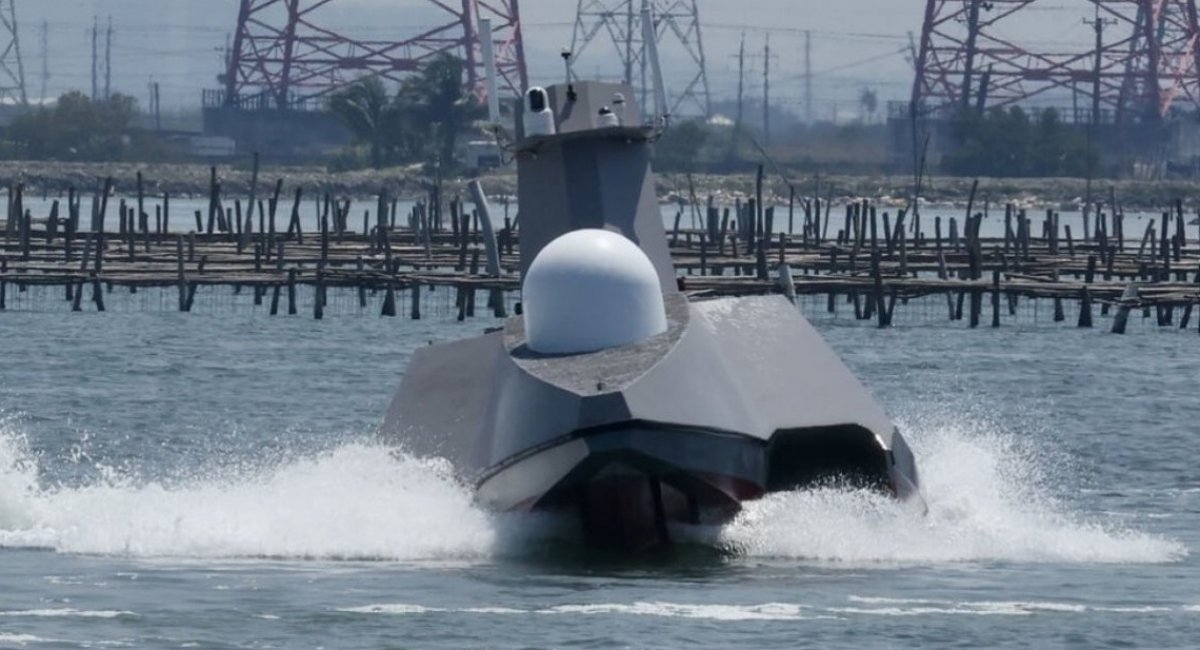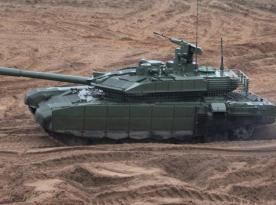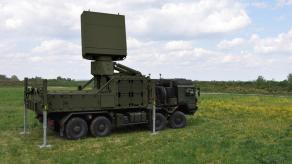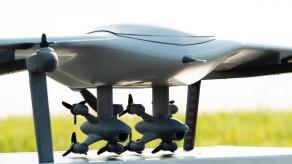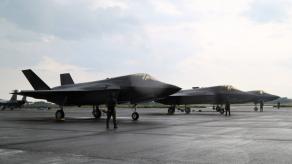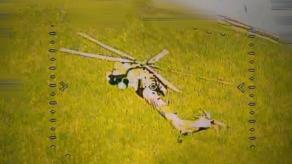In the summer of 2025, as the likelihood of a Chinese invasion rapidly increases, Taiwan is looking for tools to help it defend against a potential amphibious assault. Here, they are drawing on Ukraine's experience, where Ukrainian naval drones have been able to control the entire Black Sea.
Therefore, immediately after Ukraine's first successes, Taiwan began developing its own equivalents, which have now drawn the attention of Naval News.
Read more: Kh-59 Missile Dissected: russian Parts "Cannibalism," Unfulfilled Orders, and Chinese Components
Back in 2023, they presented their first such naval drone, the Sea Shark 400. However, development of these technologies stalled until recently. Over the past months, Taiwan has unveiled several new naval drones. Of these, the one most similar to the Ukrainian models is the Kuaiqi.
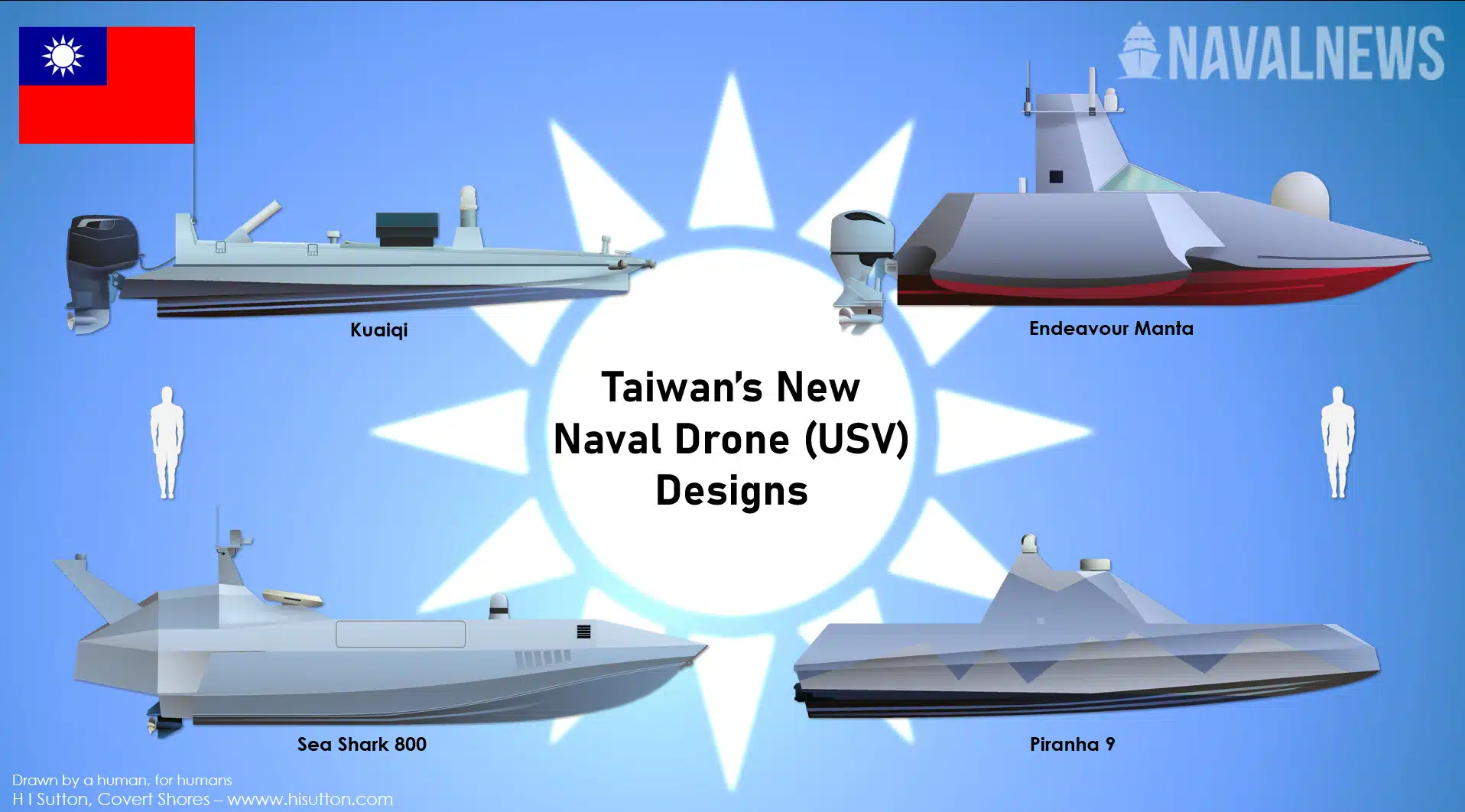
It can reach speeds of 43 knots (nearly 80 km/h) and is equipped with a Kymeta satellite communication antenna. It can be fitted with a warhead, turning it into a kamikaze drone — similar to FPV drones and loitering munitions, which likely includes the Jing Feng (comparable to the Switchblade).
Another recently presented naval drone is the Endeavour Manta, with a highly futuristic design built in a trimaran configuration. It measures 8.6 meters in length and 3.7 meters in width. Interestingly, it can operate both unmanned and with a crew.
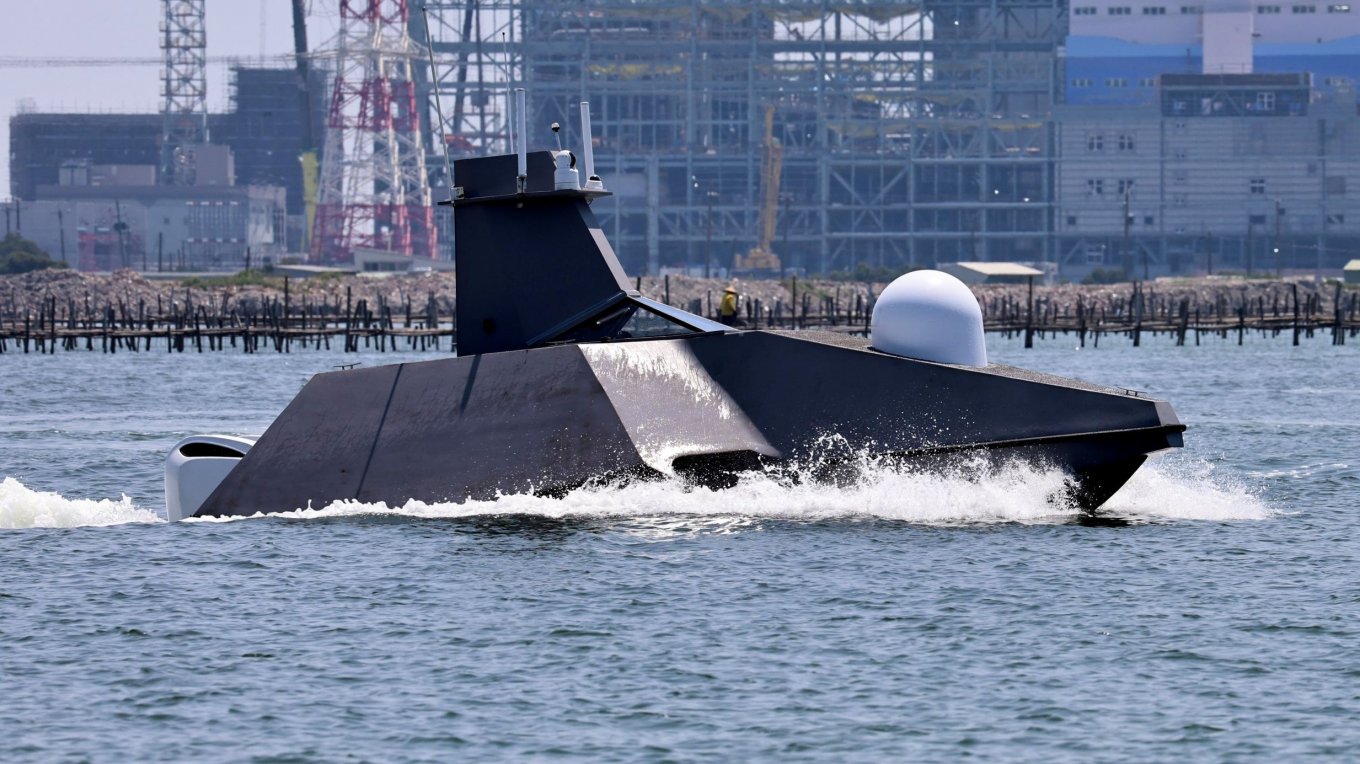
Yet another is the Sea Shark 800, a logical successor to the Sea Shark 400. It is also likely armed with a warhead. Notably, its engines appear to be covered by a special housing, possibly to make it more survivable.
The last of Taiwan's newly presented naval drones is the Piranha 9. Unlike any other, it employs stealth technologies, including a special coating and hull shape. This is intended to reduce its radar signature and make detection more difficult.
However, its worth noting that stealth technology is generally unnecessary for naval drones, as they are small, low-profile, and can hide between waves — making them very hard to detect by radar even with direct visibility.
The Piranha 9, though, is 9 meters long — comparable to a small boat — and taller than most, which makes stealth worthwhile in this case.
Overall, Taiwan is gradually advancing in naval drone development, and the pace will likely accelerate. Naval drones are indeed a tool capable of stopping a Chinese amphibious landing.
However, for them to be truly effective, Taiwan would need to create an entire network of such drones, each designed for a specific task — whether kamikaze attacks on ships, drone launches, or air defense.
They must also be flexible enough to respond to emerging threats quickly. Just as important, these naval drones must be inexpensive and mass-produced — and Taiwan likely has strong potential to scale production of such systems.
Read more: U.S. Army Wants Own "Drone Amazon" Similar to Ukraine's Brave1 Market




